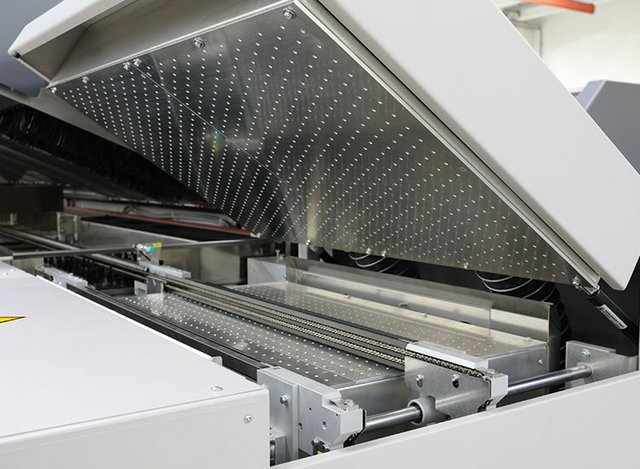The change process of solder paste in the reflow soldering temperature zone
Release time:2023-11-23Publisher:Jeenoce
The solder paste is placed in a reflow soldering heating environment. During the reflow soldering heating process, there will be five changes in the solder paste. JEENOCE will analyze the changes in these five temperature environments.

1、 The preheating zone for reflow soldering is used to achieve the required viscosity and screen printing performance of the solder paste. The solvent begins to evaporate, and the temperature rise must be slow (about 3 ℃ per second) to limit boiling and splashing, prevent the formation of small solder beads. Additionally, some components are sensitive to internal stress, and if the external temperature of the components rises too fast, it can cause fracture.
2、 The soldering flux in the heating zone is active, and the chemical cleaning action begins. The same cleaning action occurs for both water-soluble flux and washable flux, but the temperature is slightly different. The key to good governance is to remove metal oxides and certain pollutants from the metal and solder particles that are about to be bonded, and to ensure a "clean" surface.
3、 When the temperature of the reflow soldering furnace continues to rise, the solder particles melt and begin the "lamp grass" process of liquefaction and surface tin absorption. This covers all possible surfaces and begins to form solder joints.
4、 This reflow soldering stage is important. When all individual solder particles melt and combine to form liquid tin, surface tension begins to form the solder surface. If the gap between component pins and PCB pads exceeds 4mil, surface tension may cause the pins and pads to separate, resulting in open solder joints.
5、 During the cooling stage of the solder paste, if the cooling is fast, the strength of the solder point will be slightly higher, but it should not be too fast to cause temperature stress inside the component.

